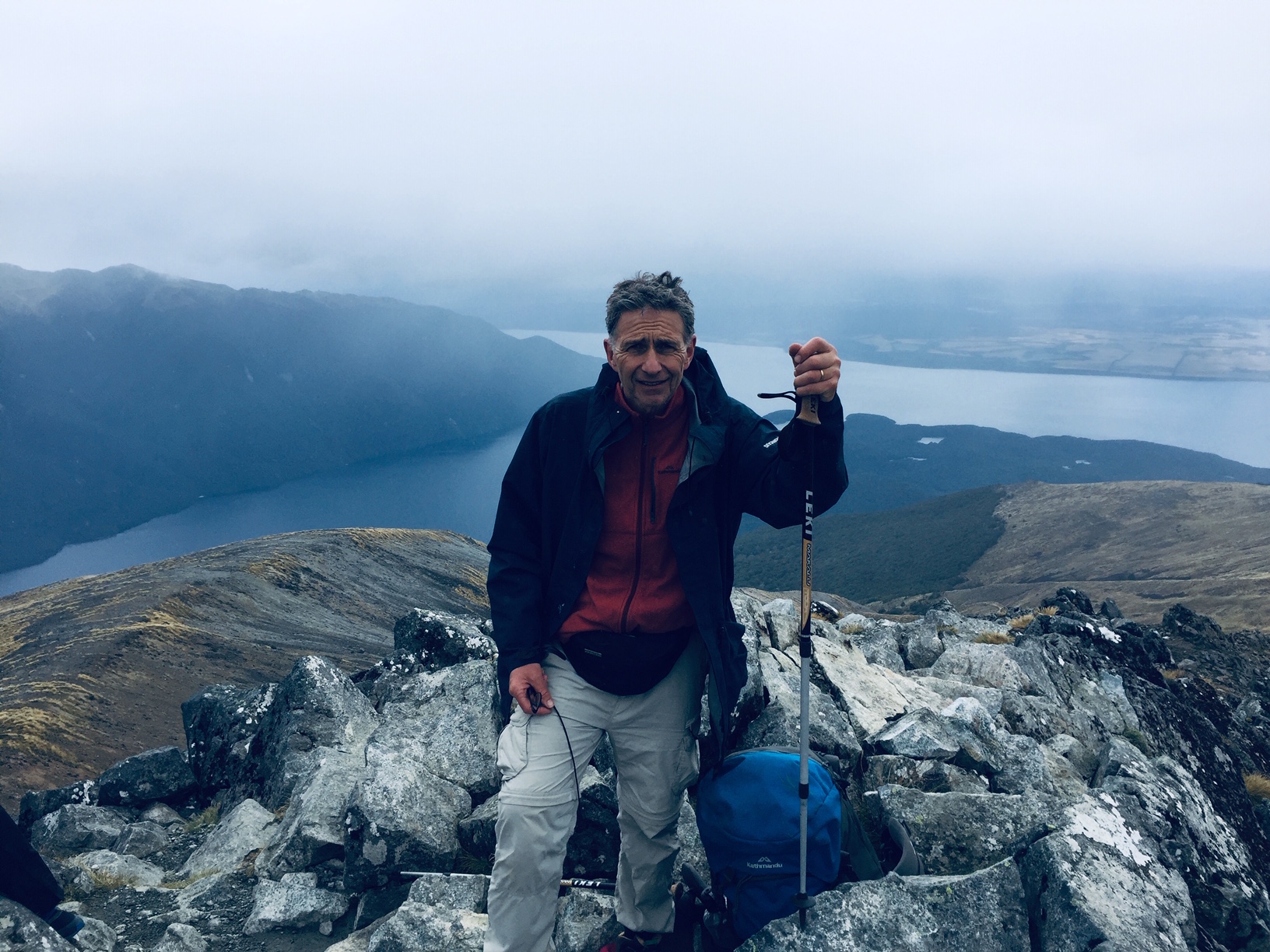
MIlford Track - Just Do It & See

By nature, I tend to avoid anywhere which attracts over-hyped superlatives such as: the ‘biggest shopping mall in the southern hemisphere’ even ‘the best Italian in Carlton’ or worst ‘the best-kept secret in Bondi’.
But prejudices usually do you a disservice, as I’ve just discovered after hiking a four-day traverse of Fiordland in the South Island of New Zealand often called the ‘finest walk in the world.’
You may have heard of the Milford Track. It’s just over 30 miles or 53 kms long, they keep the mile posts for the heritage look, and it takes you from the top of one lake, through a glaciated valley and over an impressive pass.
Then you walk down another glorious U-shaped valley, past the highest waterfall in NZ and out to a destination on many bucket-list itineraries, the majestic Milford Sound.
There are many great treks in the world, so what makes this one, apart from the marketing, so different?
My scepticism around this question almost meant I never walked it and that would have been a great loss.
The pictures you see in no way do justice to the sheer visual splendour and geography of the track. They also do not tell the story of the difficulty of getting there in the first place.
Such is the world-wide demand to walk Milford. You either have to plan way ahead or be prepared to pay. The Department of Conservation which manages the so-called Great Walks in NZ makes the booking system live around June each year.
It may be 8am Auckland time, but all around the world would-be walkers are poised to snap up the bookings for the three huts you need to stay in plus the various buses and ferries to get the start and end points.
The best dates go very quickly. It’s $140 a night for overseas bookings and half that for Kiwis but on our trip of 40 hikers all but a couple had come from elsewhere.
This is a self-guided tour. You carry your own sleeping bags, cooking gear and food. Stoves and mattresses are provided but not much else.
You can also book the luxury version with guides, bedding, hot food and hot water, etc but the trip will cost upwards of $2,000 a head.
Each year 14,000 people complete the hike crossing suspension bridges, braving the hyper-active and painful sand-flies and their bites and most of all wondering at their place in the mighty forces which formed this dramatic landscape.
Despite one sensational story in a major UK newspaper which claimed the track was littered with rubbish and human waste I saw no evidence of anything untoward on the whole trip.
It was and is simply: sensational. We had many adventures on the trip including being stranded by heavy rain and floods in a hut for an extra 24 hours.
We walked with people from all over the globe and slept with them, even the rare snorer in the dormitories.
It might have been what some would call basic, but it was enough to excite and ignite a reminder of a world quite removed from the internet, electricity, fridges, cars, work and shops and everything else which dominates our minds and times.
You might argue if it is really the finest walk in the world, or even if there is such a thing, but you can’t disagree it is a rare experience so close to Australia I would have been a fool to miss.



